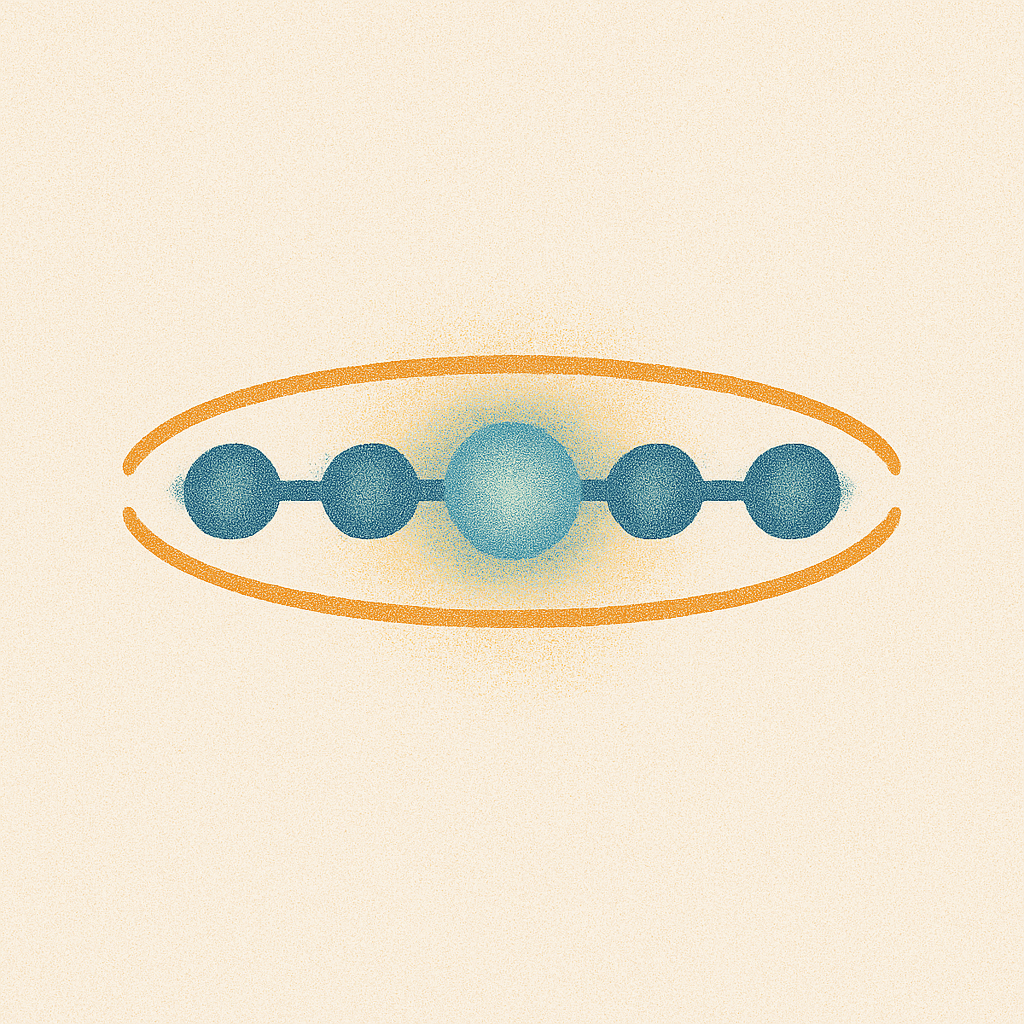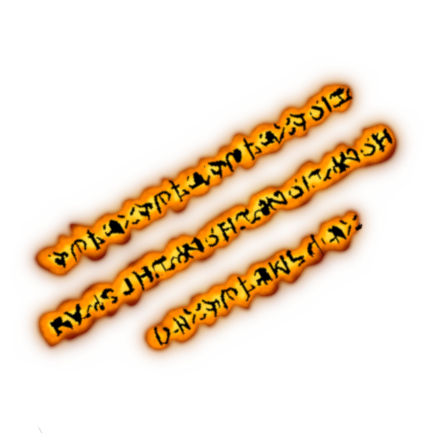Trapped Ion Qubits

Introduction
Unlike superconducting qubits, which require careful engineering to create nonlinearity and isolate two energy levels, trapped-ion qubits are built from nature’s own perfect quantum systems: atoms.
We already saw in our earlier article of the Hamiltonian that hydrogen has quantized energy levels. Since it has only one proton and one electron, hydrogen is as simple as it gets. In principle, we could use any two of these energy levels to represent a qubit. Unlike in superconducting qubits, we don’t need to worry about non-uniform spacing between energy levels—atoms already provide that.
Why Ions?
But while hydrogen is simple, it’s not a good candidate for a qubit. Neutral hydrogen doesn’t respond to electric fields, which makes it hard to trap. Also, its key transition energy lie in the ultraviolet lights, which makes laser control extremely difficult.
Instead, we use hydrogen-like ions—–charged atoms with a single outermost (valence) electron—such as $^{137}\text{Yb}^{+}$, $^{40}\text{Ca}^{+}$, or $^{9}\text{Be}^{+}$. These ions retain hydrogen-like simplicity but have the key advantage of being charged, so they can be trapped using electric fields. That’s where the name “trapped ion” comes from.

Instead of using two different energy levels, like $n=1$ and $n=2$—which involve excited electronic states and risk spontaneous decay from $n=2$ to $n=1$—we typically use two hyperfine sublevels of the ground state (both in $n=1$), labeled $F=0$ and $F=1$. These levels are incredibly stable, long-lived, and well-separated in energy. Because they both belong to the ground state, they are immune to spontaneous decay.
This hyperfine splitting arises from the interaction between the magnetic moment of the electron and the magnetic field of the nucleus. It produces a very small energy gap, which is ideal for qubit operations. A smaller gap means we can manipulate the qubit using low-energy lasers, without accidentally exciting the ion into higher electronic states like $n=2$ or $n=3$.
Manipulating Trapped Ion Qubits
Once we trap the ions as a chain using electric fields, we can manipulate them using Rabi oscillations. A laser pulse with the right frequency and duration drives coherent transitions between the two hyperfine levels, just like how we apply gates in superconducting qubits. The key is that the laser doesn’t “bump” the ion into an excited state—it drives a rotation between $\ket{0}$ and $\ket{1}$ in a controlled, reversible way.
Measuring Trapped Ion Qubits
To measure the state of a trapped-ion qubit, we use state-dependent fluorescence. A detection laser is tuned to excite only the $\ket{1}$ state into a higher electronic level. If the ion is in $\ket{1}$, it absorbs the laser light and scatters many photons—we detect this as a bright ion. If the ion is in $\ket{0}$, the laser is off-resonant and the ion remains dark.
This technique provides single-shot, high-fidelity measurement. You just count photons: if the ion glows, it was in $\ket{1}$; if it doesn’t, it was in $\ket{0}$.
Trapped Ion Qubit: Pros, Cons and Current Status
Pros
- Naturally perfect qubits: Based on atomic energy levels—no need to engineer the qubit structure.
- Long coherence times: Hyperfine ground-state qubits can stay coherent for seconds or longer.
- High fidelity: Gate operations regularly exceed 99.9% fidelity in well-isolated setups.
- All-to-all connectivity: Ions in a trapped chain can be entangled via shared vibrational modes—–head and tail of the chain can interact with each other.
- Room-temperature operation: Trapped-ion systems can operate in vacuum at room temperature, unlike superconducting qubits that require dilution refrigerators.
Cons
- Slow gate operations: Gate operations take tens to hundreds of microseconds, much slower than nanosecond-scale superconducting gates.
- Scalability challenges: As trapped ion chains grow, complexity increase rapidly.
- Environmental sensitivity: Static electric fields and stray electromagnetic noise can affect ion motion and qubit coherence.
Current Status
Trapped-ion qubits are commercially developed by companies like IonQ and Quantinuum. Among qubit platforms, they are the most mature next to superconducting qubits. Quantinuum has released its H2-1 processor with 56 qubits, which is modest compared to IBM’s 4,000-qubit superconducting system—but trapped-ion qubits typically have much higher fidelity and coherence.
To become the dominant platform in quantum computing, trapped-ion systems must overcome their scalability bottlenecks. If they do, they may offer the best combination of fidelity, coherence, and logical gate quality available.
Recently, these companies have drawn attention in financial markets—–leaving investors both hopeful and cautious. It is better to be cautious, as they have not yet demonstrated the ability to scale up their systems.
All images in this article were generated by ChatGPT, except those explicitly marked with a source link.

Leave a comment